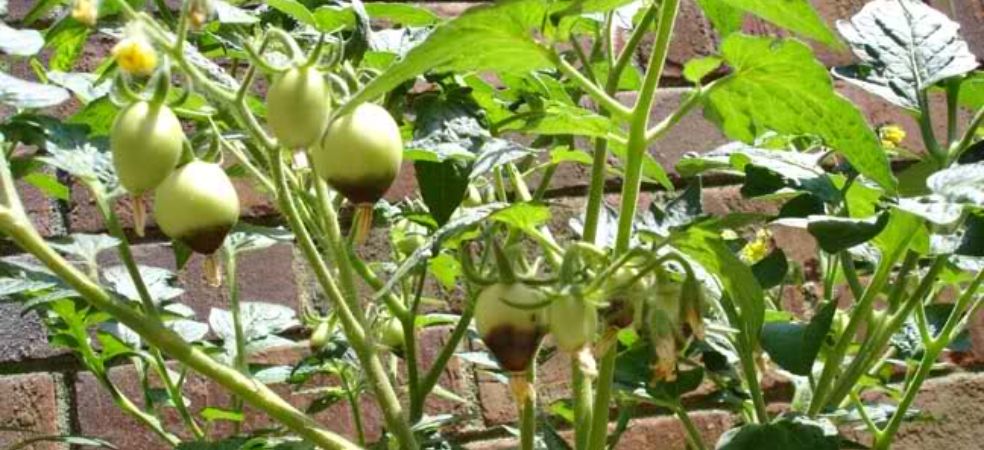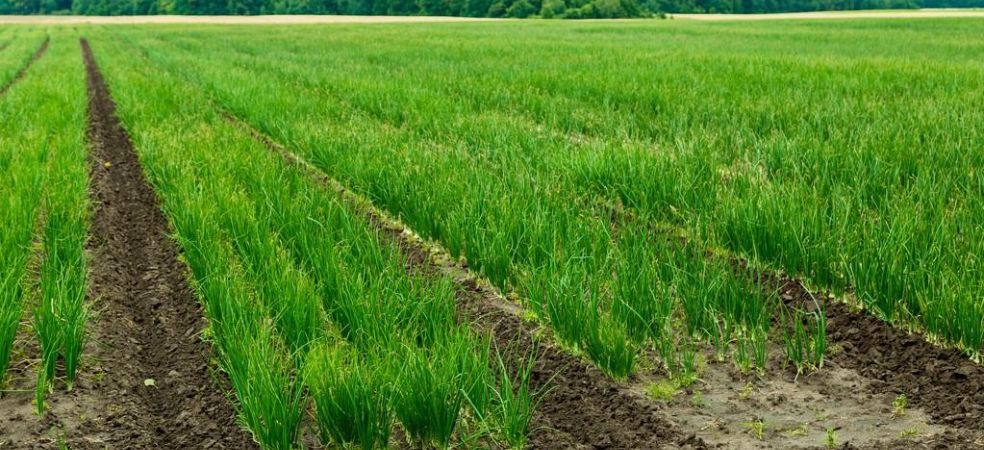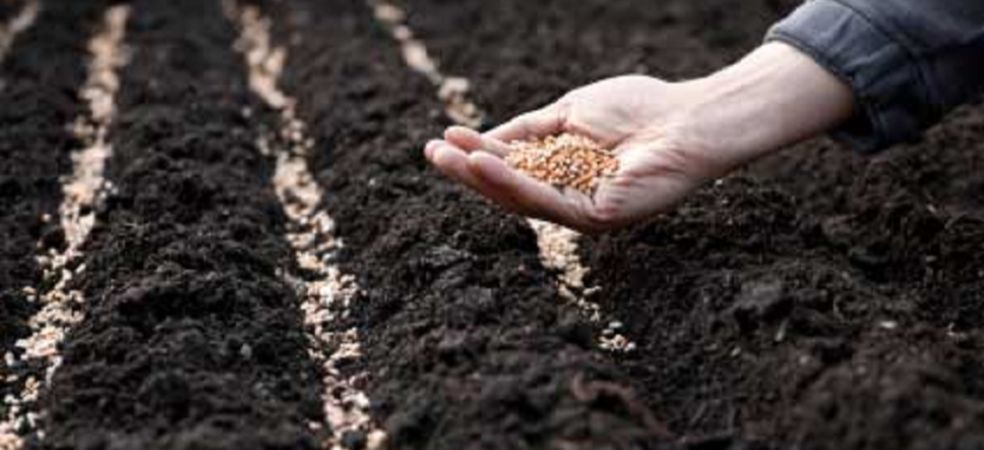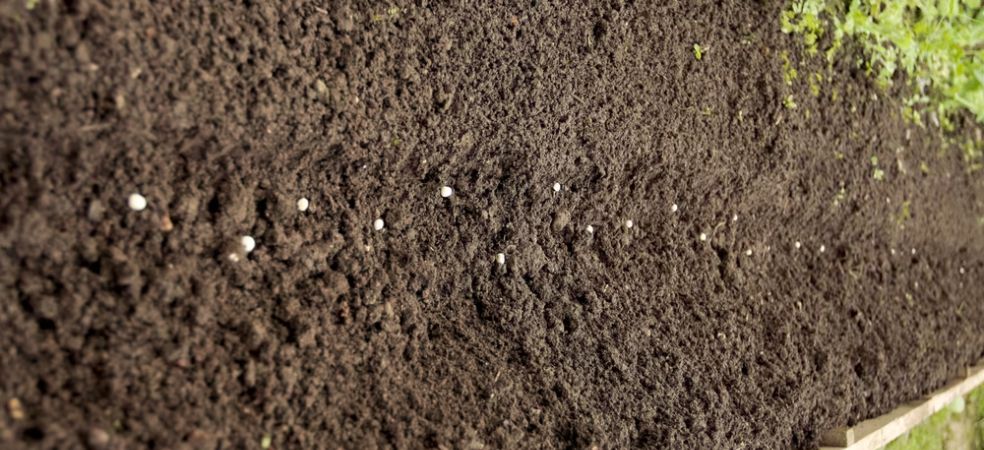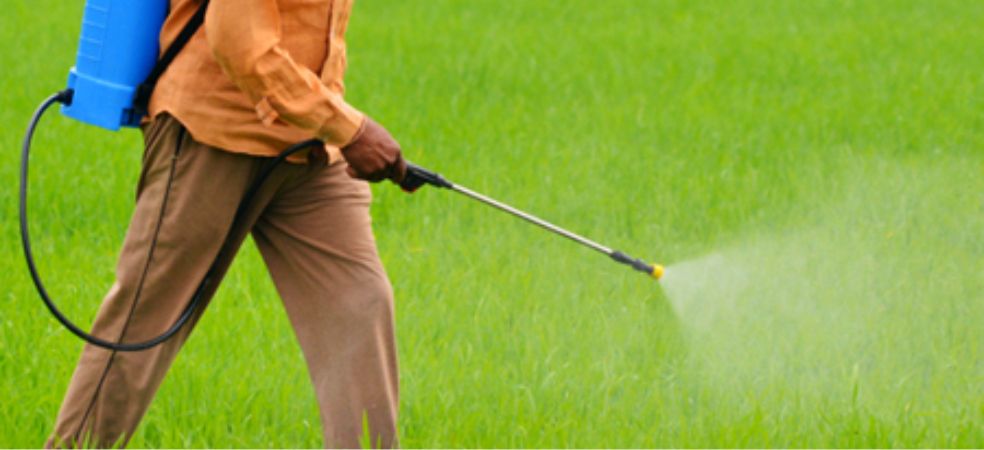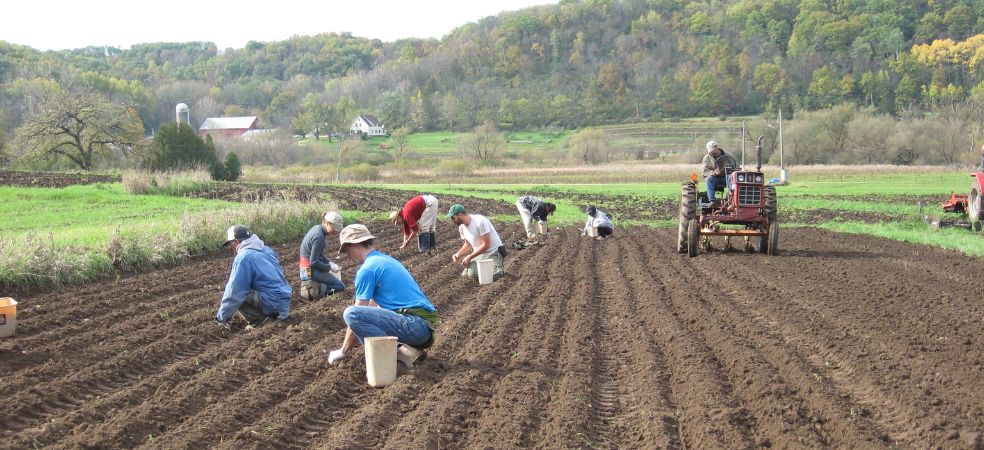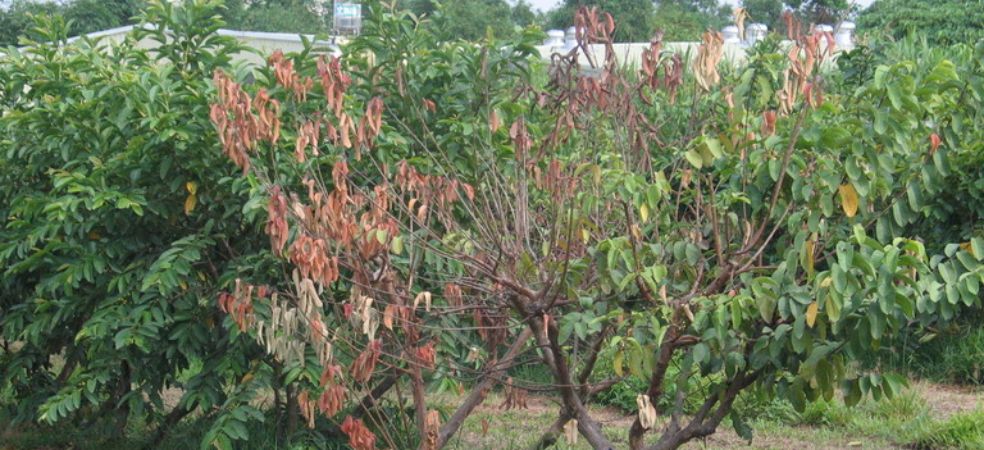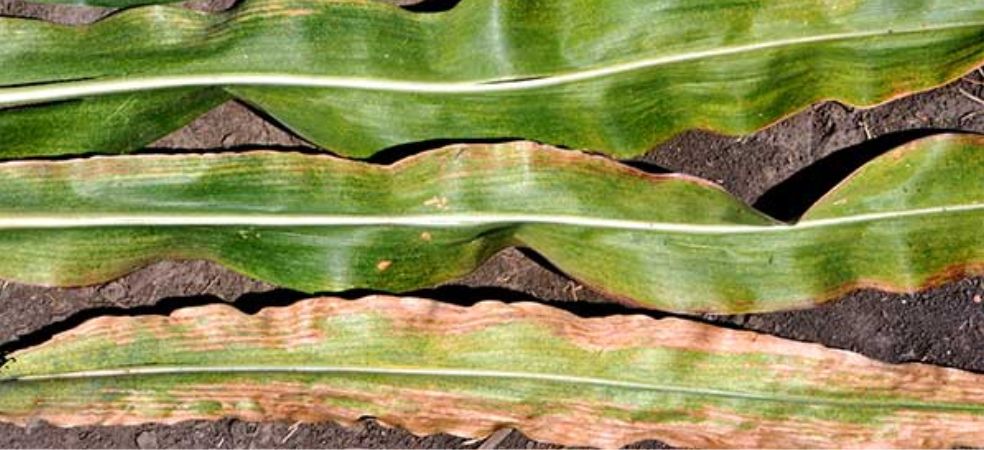-
To avoid damage to tomato crops due to calcium deficiency, management measures should be taken before sowing.
-
For this, use well-decomposed cow dung manure in the main field 15 days before planting.
-
At the time of transplanting use Calcium Nitrate @ 10 kg/ acre.
-
If the symptoms of deficiency appear spray Calcium EDTA @ 150 gm/acre twice.
ShareFor such important information related to the agriculture sector and farmers, do read Gramophone articles daily. If you liked today’s information then don’t forget to share.

